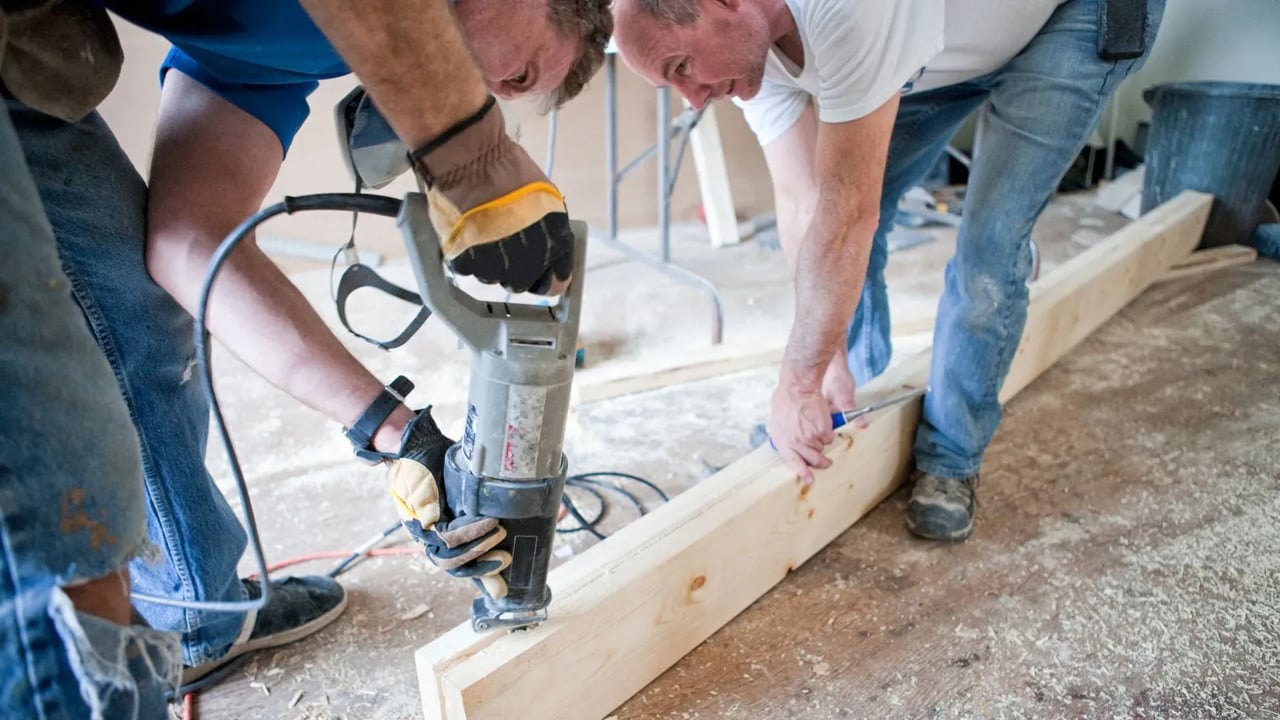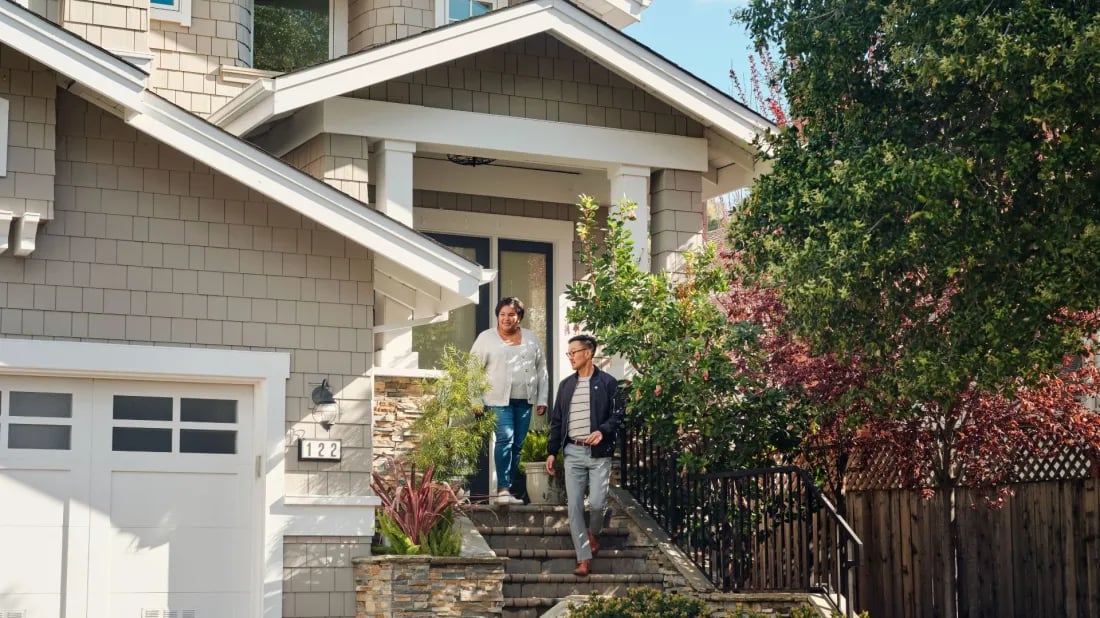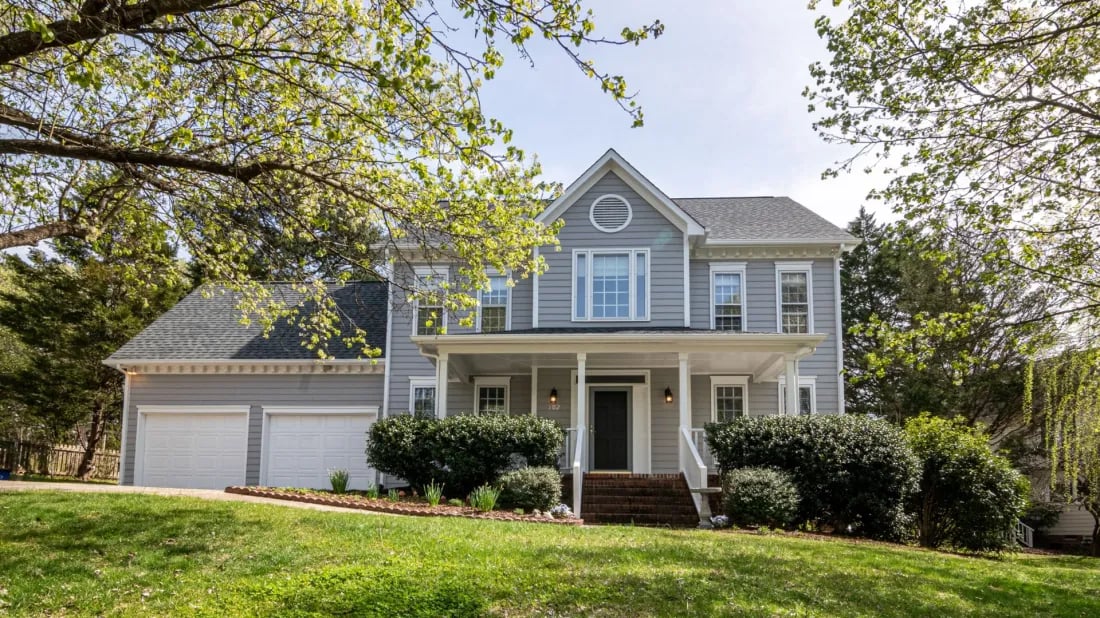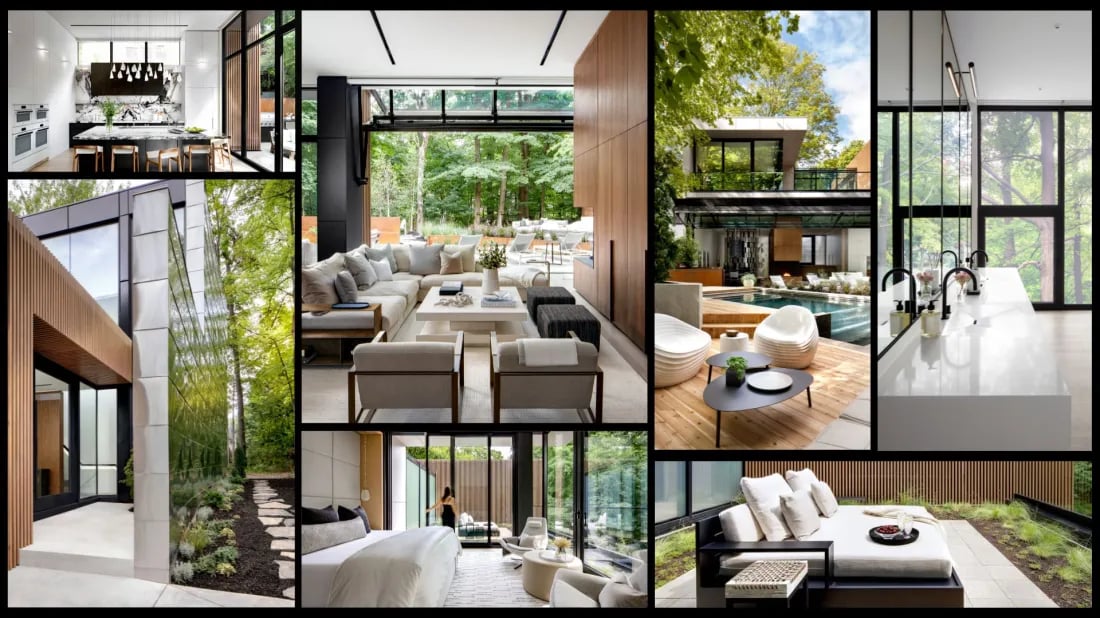The rise of multi-generational living, where families of different generations live under one roof, is becoming a notable trend. Driven by both necessity and choice, this living arrangement is reemerging as a popular option. It’s not just about the practical benefits of shared expenses and combined caregiving for the young and old. Living with extended family also strengthens emotional bonds and creates a supportive environment, though it’s not without its challenges. Issues like maintaining everyone’s privacy, juggling different schedules, and adapting spaces to suit everyone’s needs are part of the package.
Recognizing these challenges and the growing trend, especially in the wake of the pandemic, rising living costs, and the uncertain housing market, many Canadian families are transforming their homes. They’re adding units like basement apartments to accommodate more relatives. To support this shift towards multi-generational homes, the Canadian government has stepped in with a helping hand. The Multi-Generational Home Renovation Tax Credit, introduced in 2023, offers families a financial break. It provides a 15-per-cent tax credit for up to $50,000 spent on home renovations, capping at $7,500. The home renovation tax credit initiative makes adapting homes for multi-generational living more affordable and less of a financial strain. For anyone considering or already embracing this lifestyle, we dig deep into these dynamics and show you how to make the most of the government support for this tax credit.
Are You Qualified?
To qualify for the Multigenerational Home Renovation Tax Credit, families need to meet specific criteria so that renovations are tailored for multigenerational living and conform to government guidelines.
Eligible Occupant
The renovation is specifically for a related adult aged 65 or older or a family member with a disability.
Relatives eligible for the home renovation tax credit include a wide range of familial connections, like grandparents, parents, children, and even extended family like aunts, uncles, and nephews. Engage in a family discussion to understand the specific needs of the eligible occupant, such as mobility issues or special care requirements, to ensure the renovation effectively addresses these needs.
Type of Renovation
To qualify for the home renovation tax credit, the renovation must create a secondary suite with essential features like a separate entrance, sleeping area, bathroom, and kitchen. This allows for independent living within a shared home. You can work with an architect or designer familiar with accessible design so that the secondary suite is both independent and conducive to the occupant’s comfort and safety.
Move-in Time Frame
The renovated suite must be inhabited within 12 months after completion, emphasizing the urgency and practical use of the renovation. Set a realistic timeline with your contractor, including buffer time for unexpected delays, so that the suite is ready within the stipulated period.
Expense Eligibility
The home renovation tax credit includes expenses related to altering the structure of the home to create a secondary suite or to make it more accessible. This can be costs for building walls, installing doors, and modifying layouts. Costs associated with making the home more accessible for elderly or disabled occupants are eligible. This may cover installing ramps, stairlifts, walk-in tubs, grab bars in bathrooms, and widening doorways for wheelchair access. Keep in mind that not all costs are covered. Excluded expenses often include housekeeping, appliance purchases, and purely cosmetic renovations.
Property Ownership or Tenancy
To be eligible for the home renovation tax credit, applicants must be homeowners or long-term tenants with the right to modify the property, ensuring that the renovations are made to the primary residence of the multigenerational family. If you’re a tenant, getting written permission from the landlord can also include negotiating terms about who benefits from the increased property value.
Contractor Requirements
Contractors must often be licensed and insured to maintain quality and accountability in the renovation work. Research and hire contractors with specific experience in multigenerational renovations or accessible design, and check their references and portfolio of completed projects.
Documentation of Expenses
Keeping detailed receipts and records is crucial for the application process, ensuring the transparency and legitimacy of the claimed expenses. Use digital tools or apps to track expenses and store receipts. Regularly back up this data so you have all the necessary documentation when applying for the home renovation tax credit.
How to Apply for the Home Renovation Tax Credit
When applying for a home renovation tax credit, start by checking to see if you meet all the eligibility requirements. Then, collect necessary documents like proof of ownership or tenancy, detailed plans for the renovation, and contractor quotes. It’s important to keep all receipts and invoices for expenses, as these are crucial for your application.
The process typically involves filling out a form, available either online or in paper format, and submitting it along with your documentation to the relevant government department. Stick to submission deadlines and double-check your application for accuracy to avoid delays. Once submitted, you can track the status of your application. If approved, you’ll receive instructions on how to claim the home renovation tax credit, whether through a direct rebate, a reduction in taxes owed, or another method.




